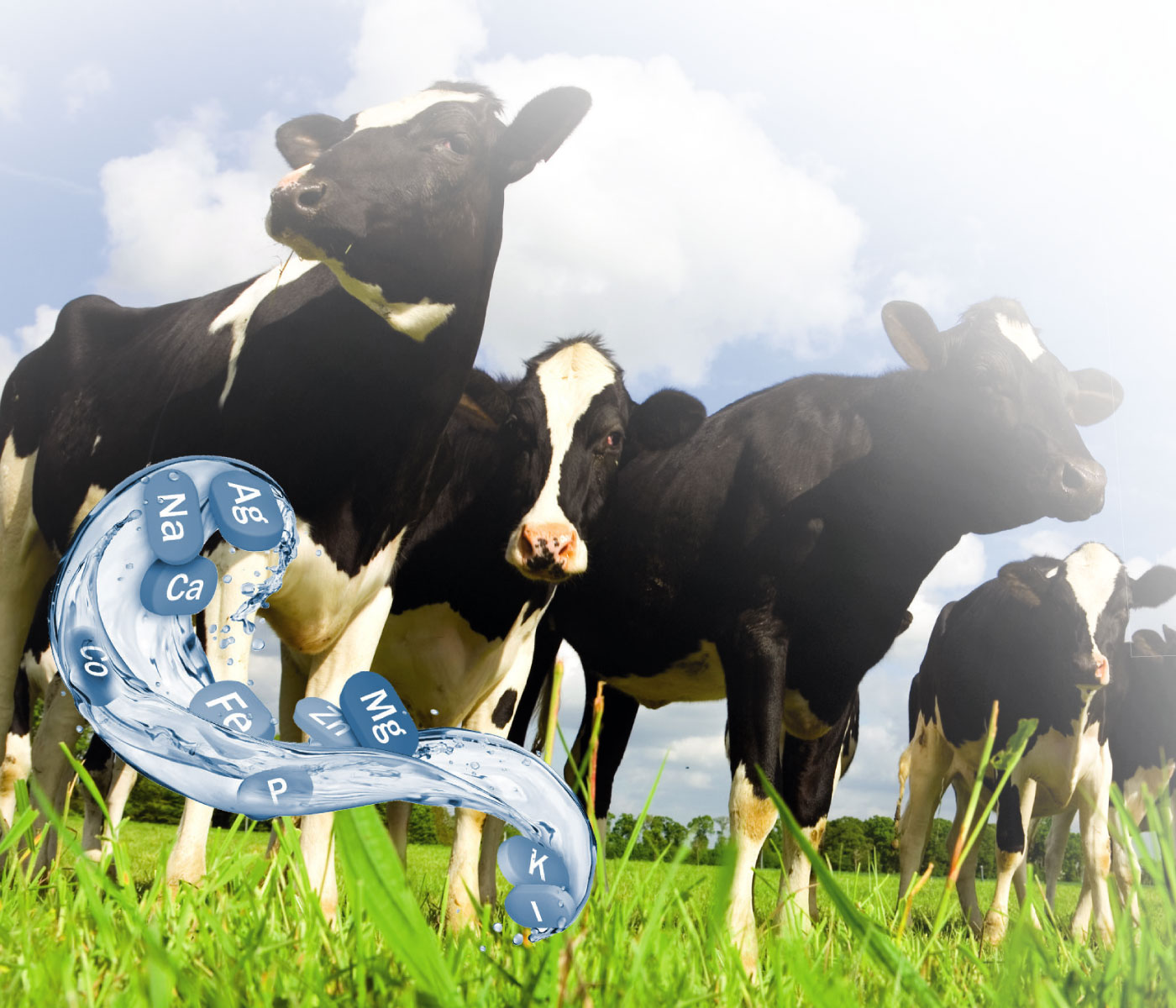Mineral nutrition and its association with mastitis in dairy herds.
Mastitis is considered to be one of the most costly diseases in dairy cattle, causing significant losses for the industry (Romero et al., 2018).
These losses are not only related to factors of economic interest like: quality and quantity of milk produced, antibiotic use or the need for additional labour. As they also include the impacts that this disease has on: animal welfare, cows’ lifespan, and public health.
Bacteria such as staphylococci and streptococci are considered as the most common etiological agents behind udder inflammation.However, some viruses, fungi and algae can also cause mastitis (Ruegg et al., 2017).
In addition to this, other non-infectious factors like:
Genetics
Environmental conditions
Diets
Dietary supplements
can also have an impact on the occurrence of mastitis and its severity (Abebe et al., 2016).
It has been established that nutritional deficiencies lead to a weakened immune response, which is a predisposing factor for microbial invasion of the udder.
Minerals have been reported as a group of nutrients that can influence udder health. Since they intervene in the formation of structural components of the organism, as well as allowing the proper functioning of enzymes, hormones, vitamins and cells.
Minerals can be divided into two groups according to the concentration in which they are found within the body:
Macrominerals are present in plasma in relatively high concentrations (mg/dl). These are obtained through the ration, and their dietary concentration is usually quantified in grams. These include:
Calcium (Ca)
Phosphorus (P)
Sodium (Na)
Chlorine (Cl)
Potassium (K)
Sulfur (S)
Magnesium (Mg)
Trace elements or micro minerals on the other hand are found in relatively small amounts within plasma (mg/dl). Their inclusion in diets is usually quantified in ppm (parts per million). Some of the main elements in this group are:
Iron (Fe)
Copper (Cu)
Manganese (Mn)
Zinc (Zn)
Cobalt (Co)
Chromium (Cr)
Iodine (I)
Molybdenum (Mb)
Selenium (Se)
Mineral requirements & deficiencies
Mineral deficiencies in ruminants are mainly associated with specific metabolic disorders such as:
Peripartum hypocalcemia (milk fever)
Hypophosphatemia
Hypomagnesemia (tetany)
However,mineral deficiencies tend to not manifest themselves clinically. These are more likely to cause subclinical alterations such as immunosuppression. Presenting a predisposing f...












